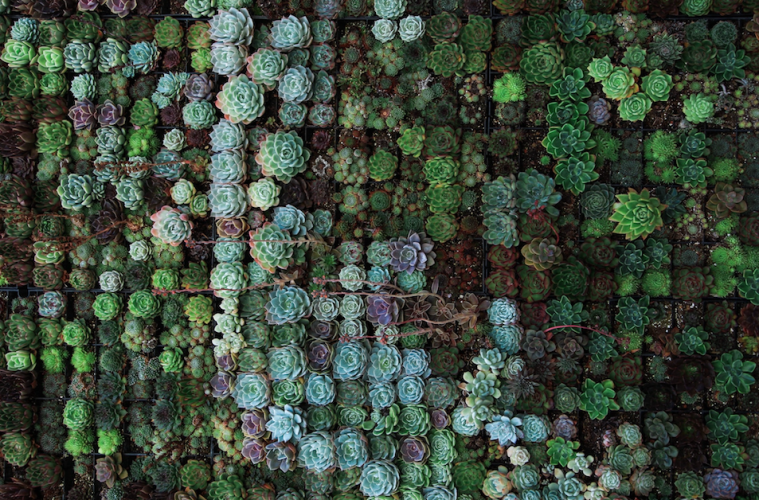Believe it or not, succulent poaching is a prevalent problem in South Africa, and it’s worth knowing how to tell if your botanical gems are victims of rare succulent poaching. We included Lithops, or “living stones,” in our water-wise garden in our November issue. While a beautiful and interesting addition to your garden, these plants are regularly poached and extremely rare.
Last week, the South African Police arrested suspects possessing poached endangered plants in two incidents with an estimated street value of more than R200 000.
This is small compared to the millions of rands worth of plants confiscated through SAPS’ Operation Crassula between 2019 and 2021. Still, this only scratched the surface of a clandestine plant smuggling syndicate.
Capt. Karel du Toit heads the succulent poaching sting operations forming part of the Stock Theft and Endangered Species Unit. Capt. du Toit says that Lithops and conophytums are “the big things” right now, but poachers can decimate an entire population from just a few visits.
To avoid inadvertently supporting poachers when purchasing these living stones, we asked Capt. Du Toit for a few basic tips on how to spot poached succulents:
Key indicators that plants were poached from the wild and not cultivated:
- Veld plants are usually damaged. You can notice cracks from insects, sun-bleached marks etc. This doesn’t tend to happen with a cultivated plant.
- They are usually badly handled by poachers, with scuff marks and many scratches. Species with branches would have damaged twigs. Because the plants are often dumped in bags, they could be covered in soil.
- Veld plants usually still have veld soil in the root ball, typically a fine, hard clay coarser than commercial potting soil.
- Conophytums and Lithops from the wild are usually compact due to the elements of sun, rain, and wind. A cultivated plant is often lusher, larger, and with more lax branching.
- Veld plants usually have bleached or grey-brown dead sections, often forming large parts of the plant. This is usually removed from cultivated plants before they are sold.
Plant swaps, nurseries and other marketplaces for succulents can be a wonderful way for you to build your succulent collection, thereby contributing to the conversation of biodiversity. But it’s important to do so while looking out for signs of poaching to further protect these rare species.
Written by David Henning
Feature image via Edgar Castrejon
READ MORE: GET WATER-WISE WITH A SUCCULENT GARDEN
READ MORE: SUCCULENT SYNDICATES: THE DARK SIDE OF THE GARDEN


